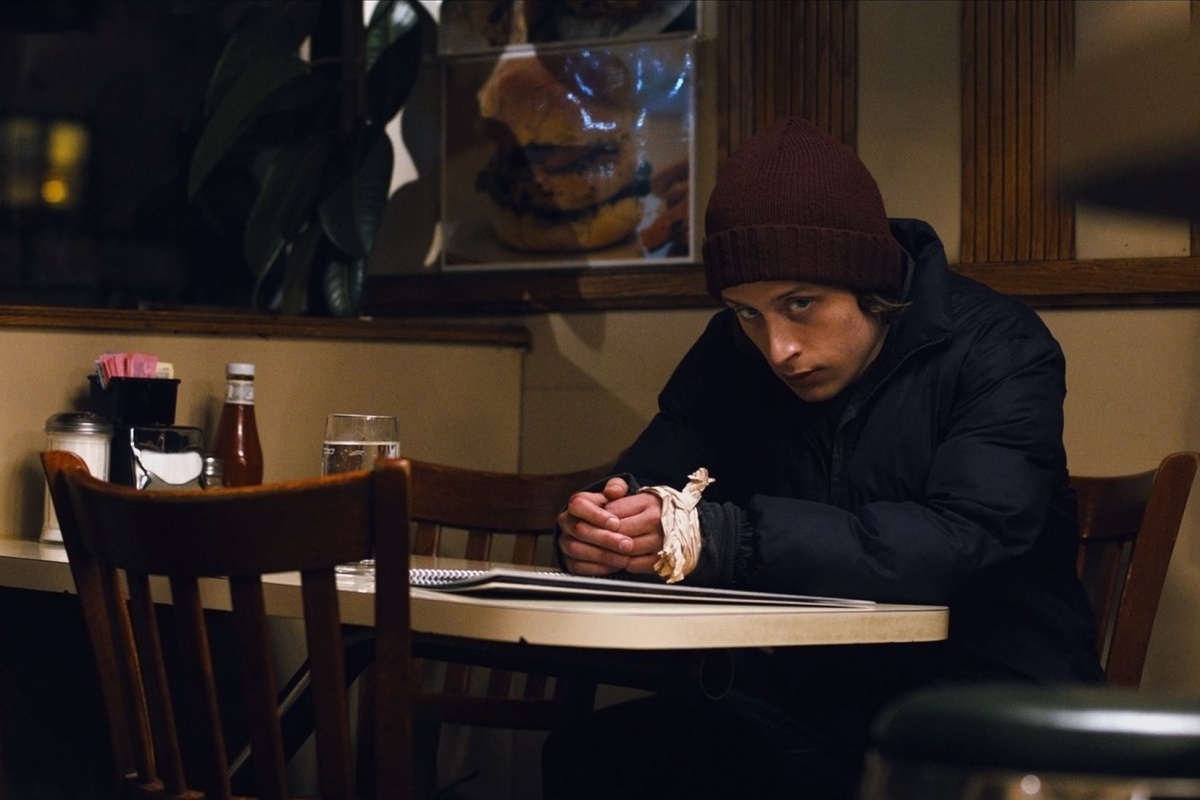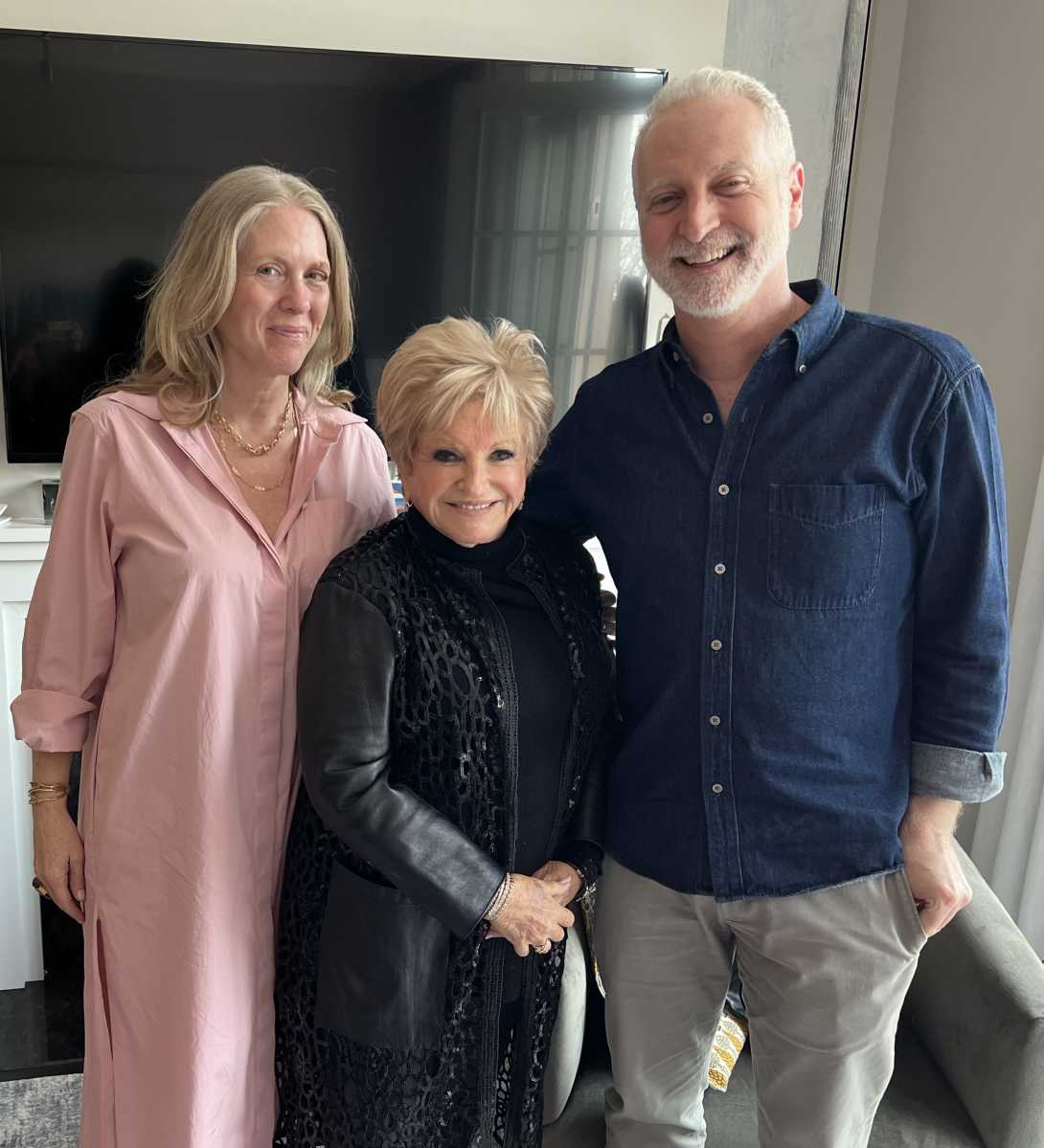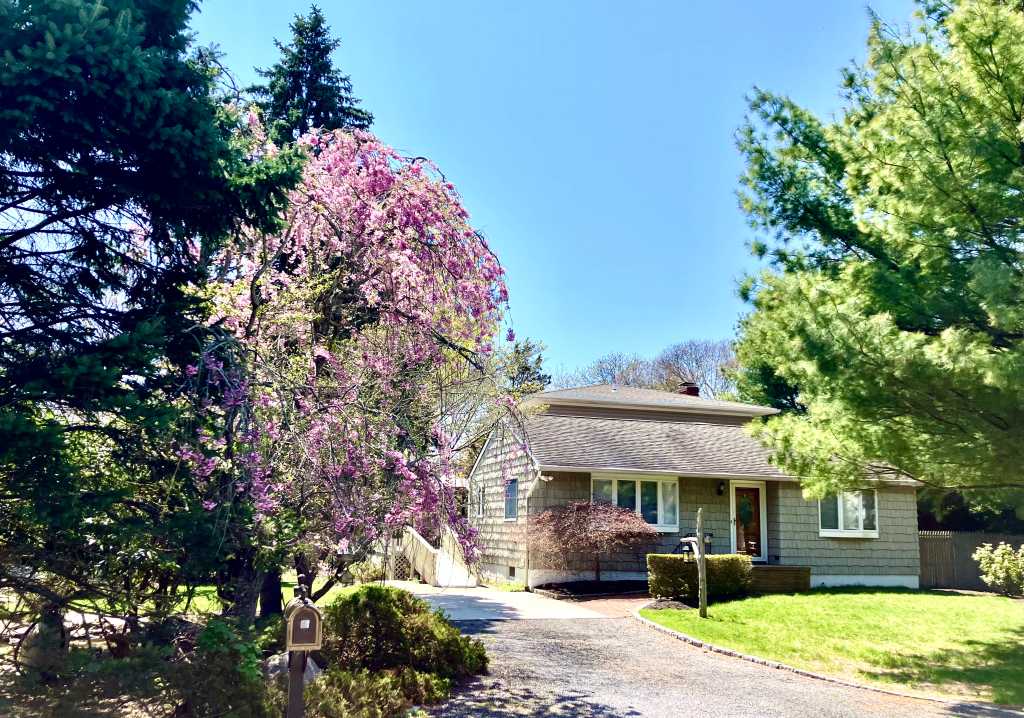Filmed on the East End, 'Gabriel' Sheds Light on Mental Illness

The winner of the Suffolk County Film Commission Next Exposure Grant, Gabriel screened this month at the Hamptons International Film Festival in both Sag Harbor and East Hampton, which are also two of the many East End locales where the movie was filmed.
Starring Rory Culkin as the titular character and written and directed by Loe Howe, the film centers on a mentally ill young man who is determined to propose to his high school girlfriend—who he hasn’t seen in years. The film shifts from funny to dramatic and from thrilling to somber as more is revealed about Gabe, the extent of his illness, and the lengths he will go.

Photo: Brendan J. O’Reilly
Gabriel is the first feature film from Howe, who earned an undergraduate degree in film from Harvard University and a graduate degree from the American Film Institute in Los Angeles. Howe is a New York City native and he has close family who are year-round Hamptons residents, so he is very familiar with the area. He even got married at the First Presbyterian Church of East Hampton. When it came time to film Gabriel, in February and March of 2013, the cast and crew stayed at a family friend’s house in East Hampton.
Though Gabriel was only filmed in Manhattan and on the East End, the story takes place all over the Northeast. Gabe stops at a college town in Connecticut—actually filmed on Sag Harbor’s Main Street and in Riverhead. Gabe’s mother’s house appears to be in the Hudson Valley, but it was a home in Springs. Gabe also travels to Shelter Island on the ferry, but Amagansett stands in for Shelter Island.
Gabriel doesn’t include any institutions, or even a doctor. Howe said he has a specific diagnosis for Gabe in mind, but he intentionally left it out of the film.
“It takes away from the story to know the diagnosis,” he said. “It would let the audience off the hook in some ways.”
Howe wants the audience to see Gabe as a full and complex human being, instead of as a victim of a specific illness. He also noted, “His diagnosis has probably changed many times over the course of him changing doctors and medications.”
Howe said he tried to distill the story to its simplest, emotional form; it’s not a story about health-care policy or the mental health system.
Gabe’s medical history and family history aren’t delivered by flashbacks, narration or monologues. Rather than exposition, the conflict and the details are often revealed in outbursts. Howe wished for the audience to meet Gabe like they would in real life. “It fit the story too, and it fits the character,” he said. Gabe’s background presents itself organically, as layers are peeled back.
The inspiration for Gabe came from Howe’s childhood friend, who was diagnosed with mental illness early on in college. Seeing how it affected the family and friends always stuck with the director. He began writing journals from the perspective of a mentally ill person. “Almost immediately, the character took on a life of his own,” he said. He began writing Gabe into scenes, to explore the character and imagine how he would interact with different people.
Over the course of several drafts, Howe developed the arc of the narrative.
He also worked with two mental health organizations while developing the script: Fountain House, which is a community of young people with mental illness, and Child Mind Institute, a nonprofit dedicated to improving the lives of children and teens struggling with psychiatric and learning disorders.
“It was important to me to be accurate and to have that kind of community support,” Howe said. He did not want to perpetuate stigmas associated with mental illness.
Culkin also met with young people who are part of Fountain House, to help him create Gabe’s perspective. Howe said he and Culkin saw Gabe very similarly. Starting from a basic foundation of research, they built the character from the inside-out as a person rather than a list of symptoms.
The result is a troubled and unpredictable young man who elicits sympathy while offering the audience a greater understanding of the struggles mentally ill people and their families face.
Gabriel premiered in April at the Tribeca Film Festival and continues to run the festival circuit through the fall. Catch Gabriel October 25 at the Philadelphia Film Festival, October 30 at the Indie Memphis Film Festival, November 7 at the Lone Star Film Festival, November 8 and 9 at the Leiden International Film Festival in Manhattan. For more dates, visit gabriel-movie.com.



